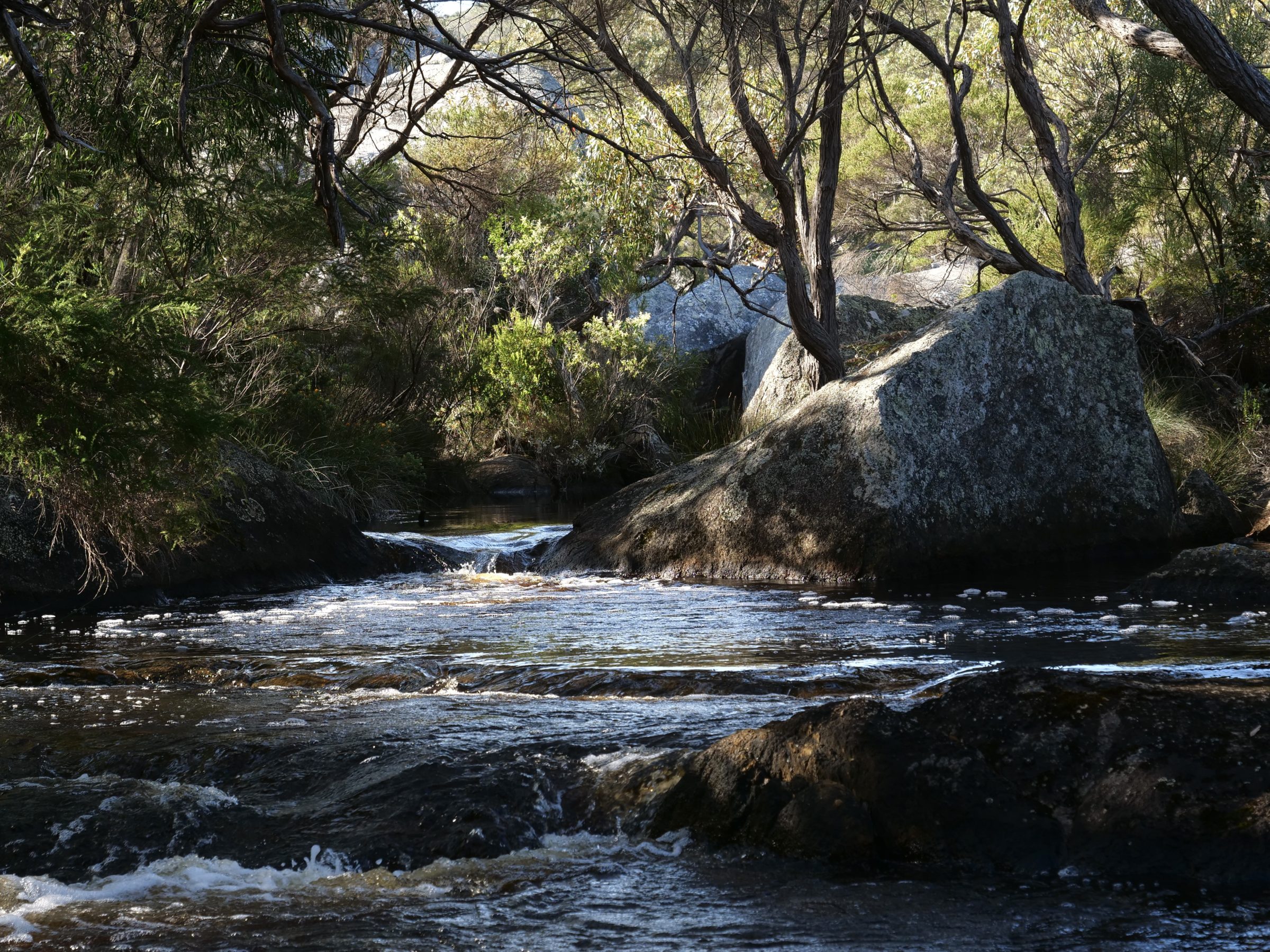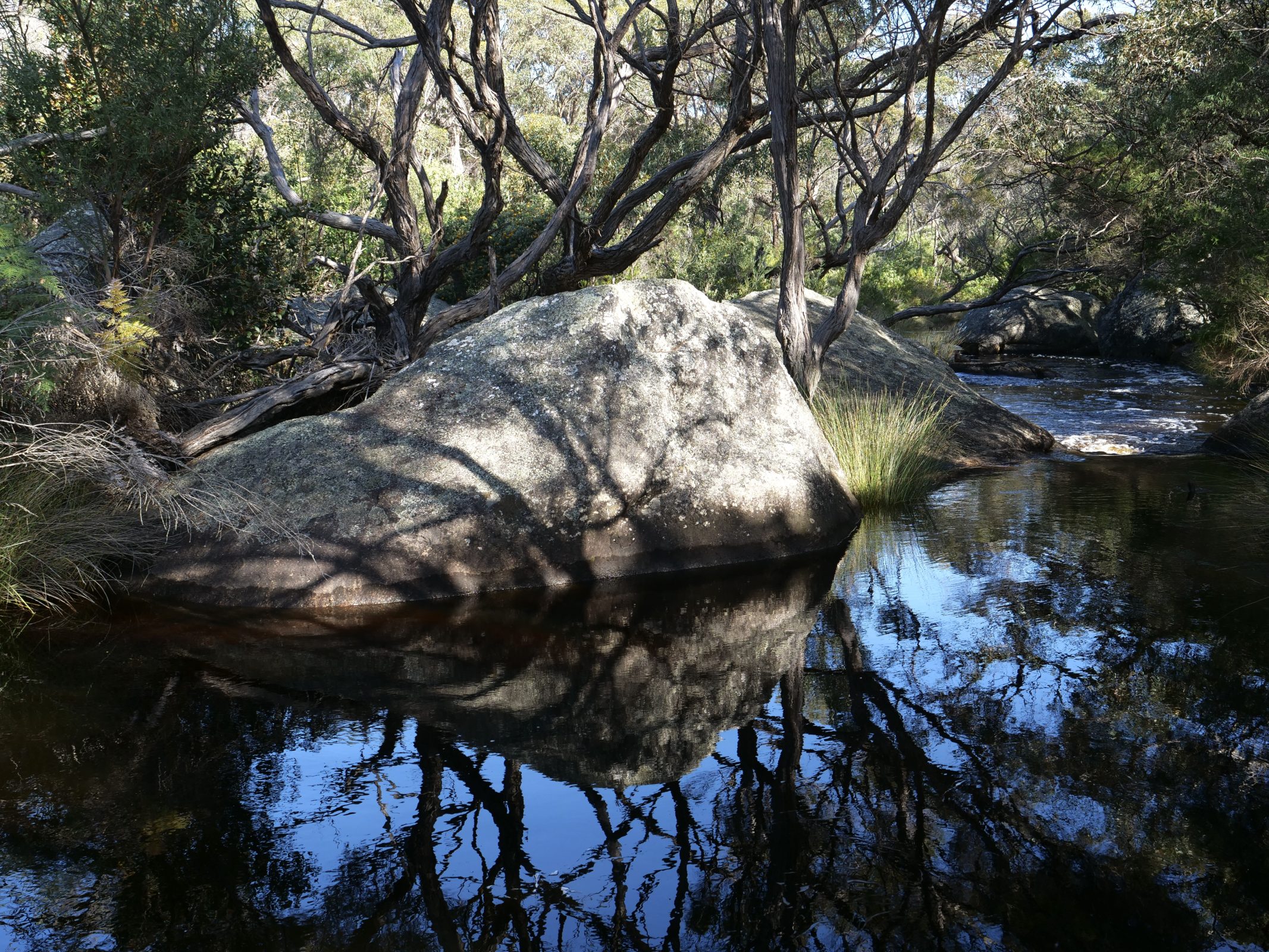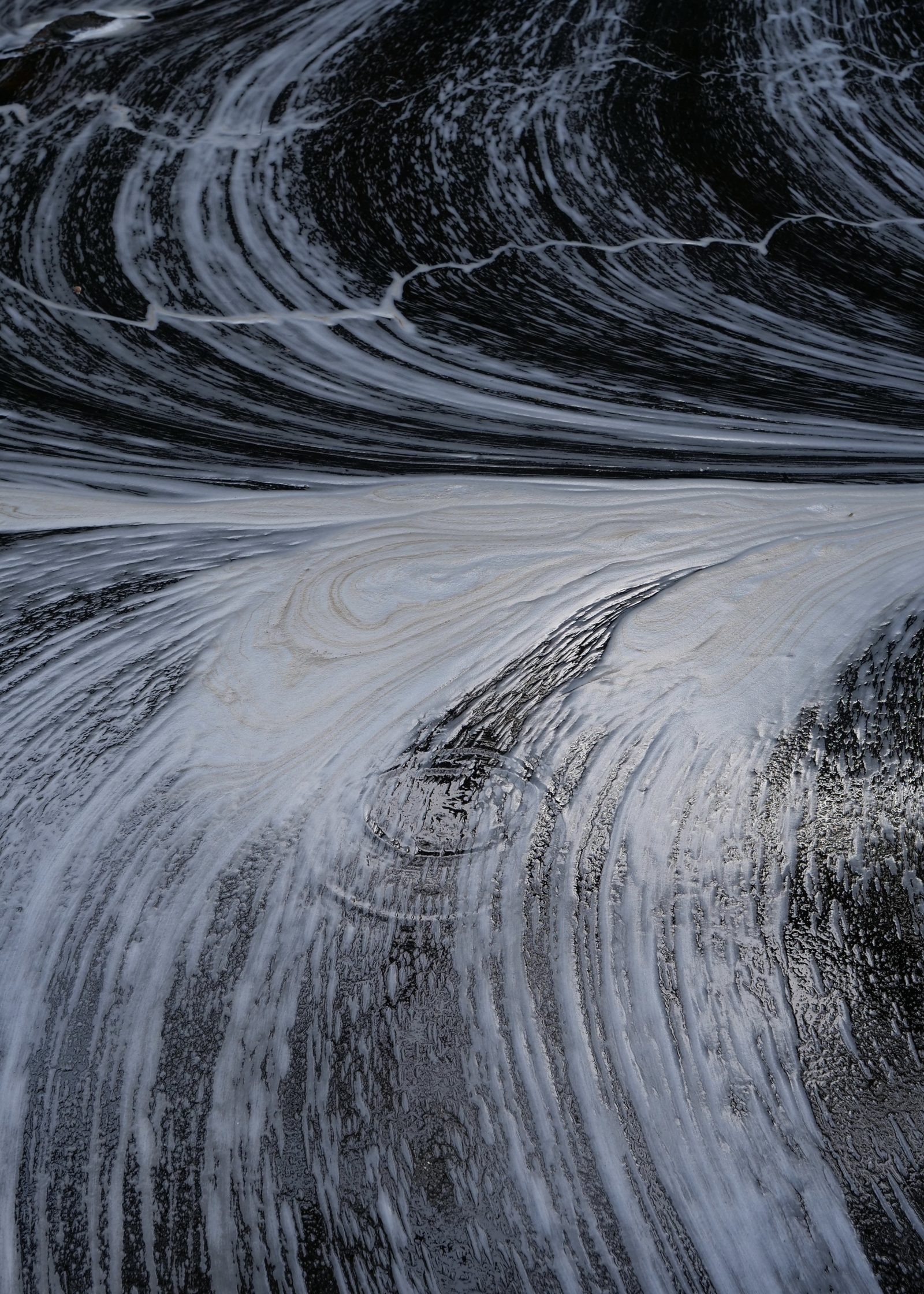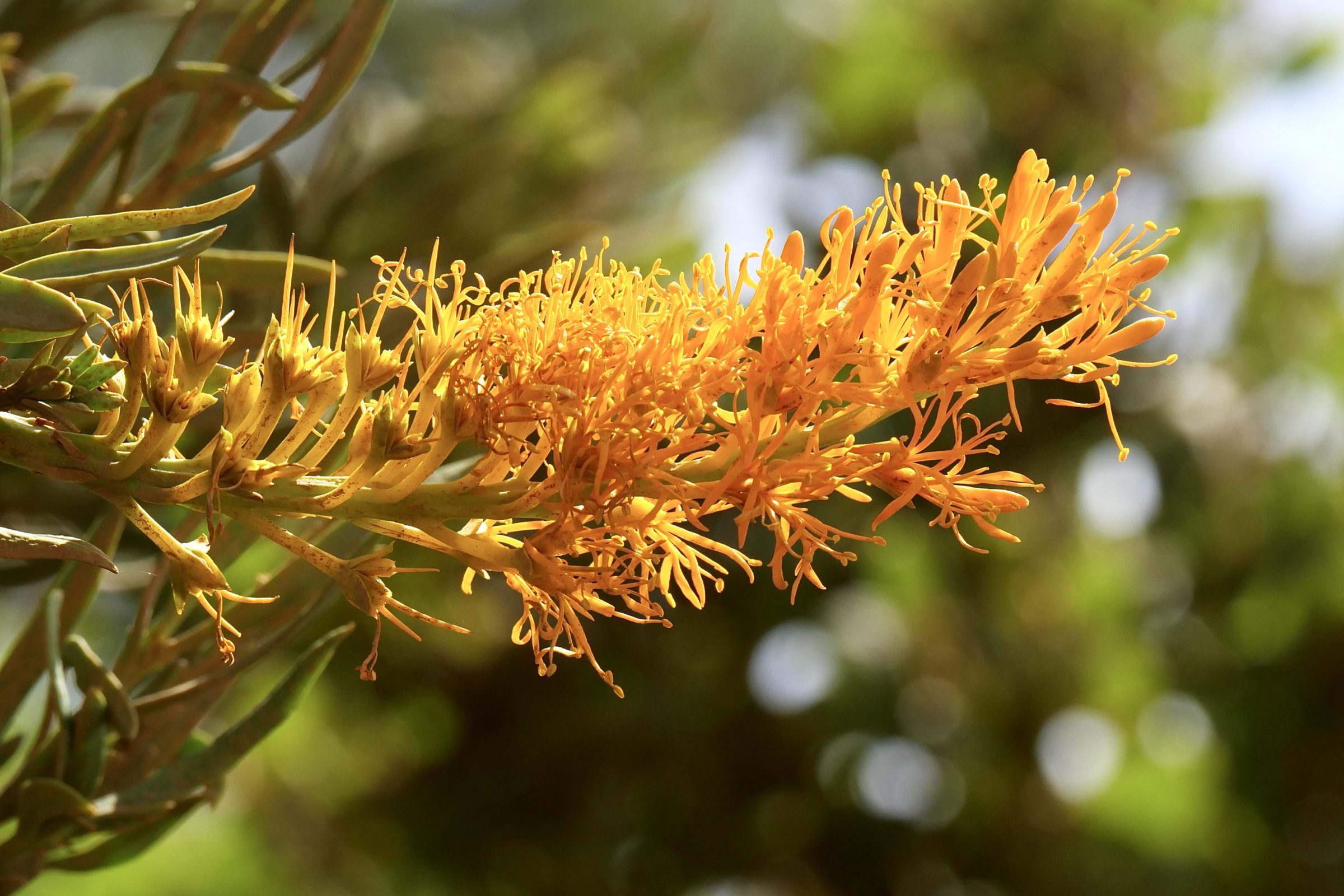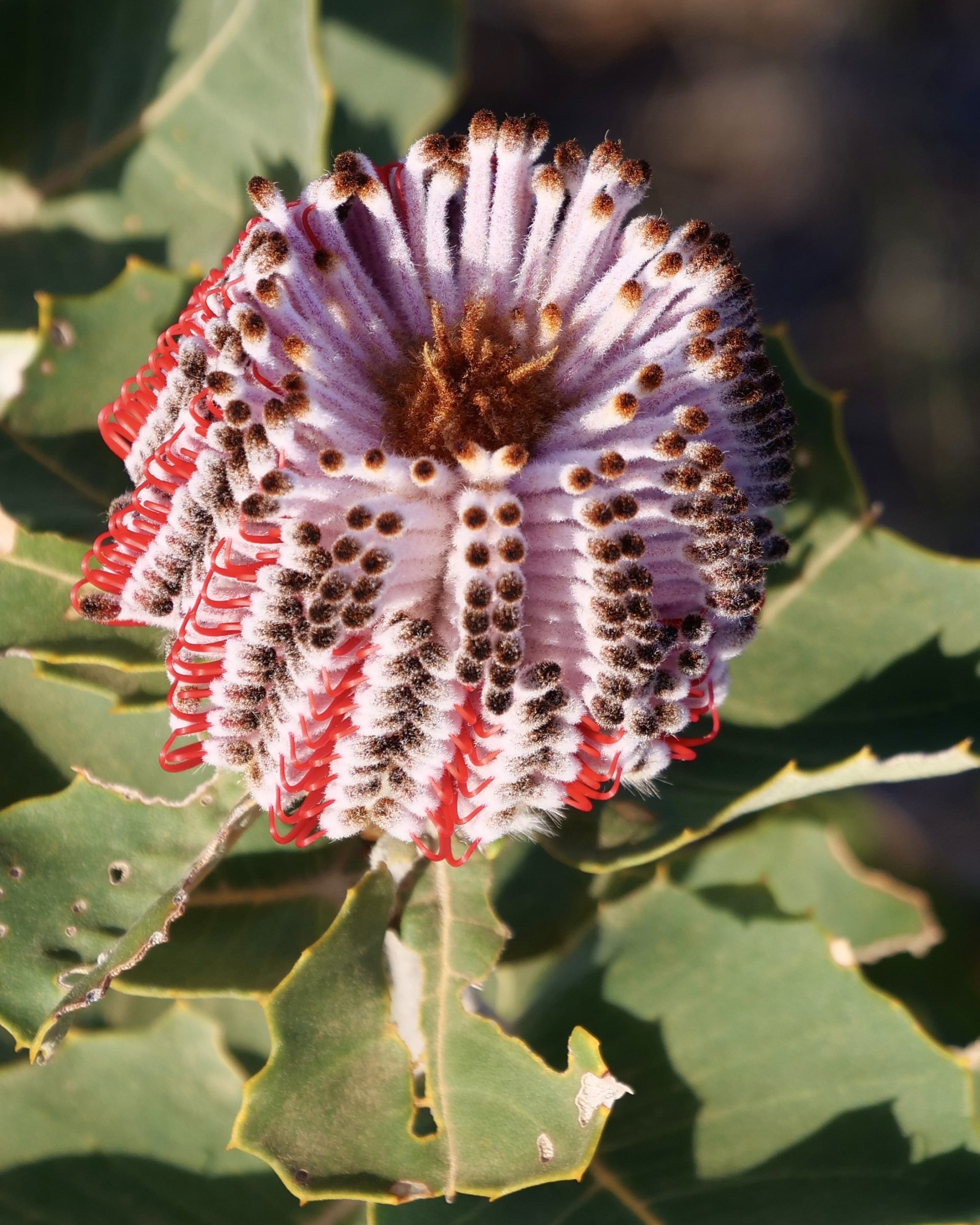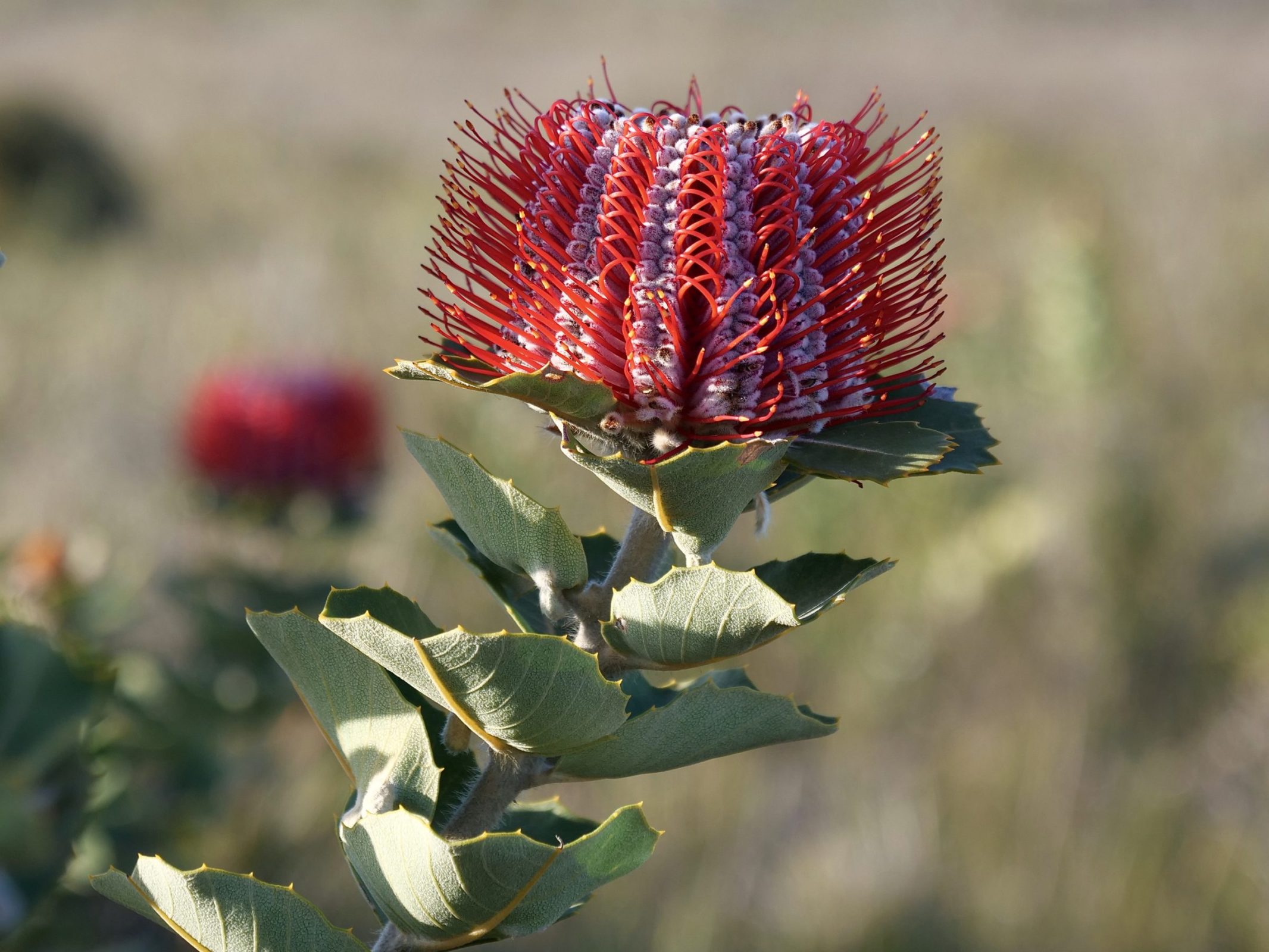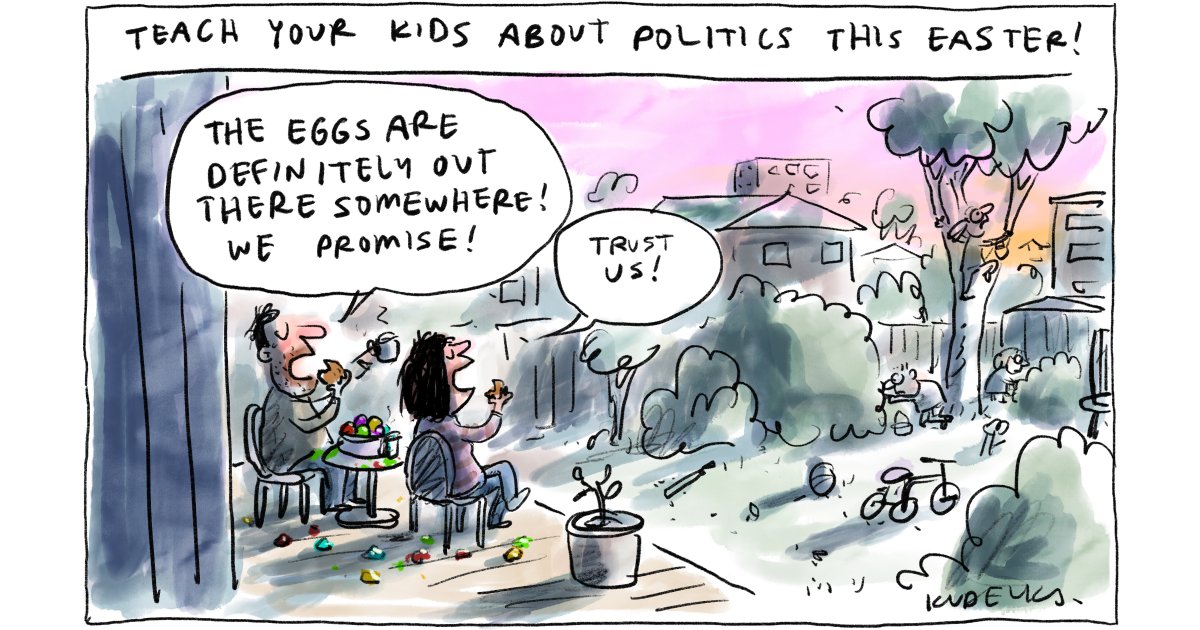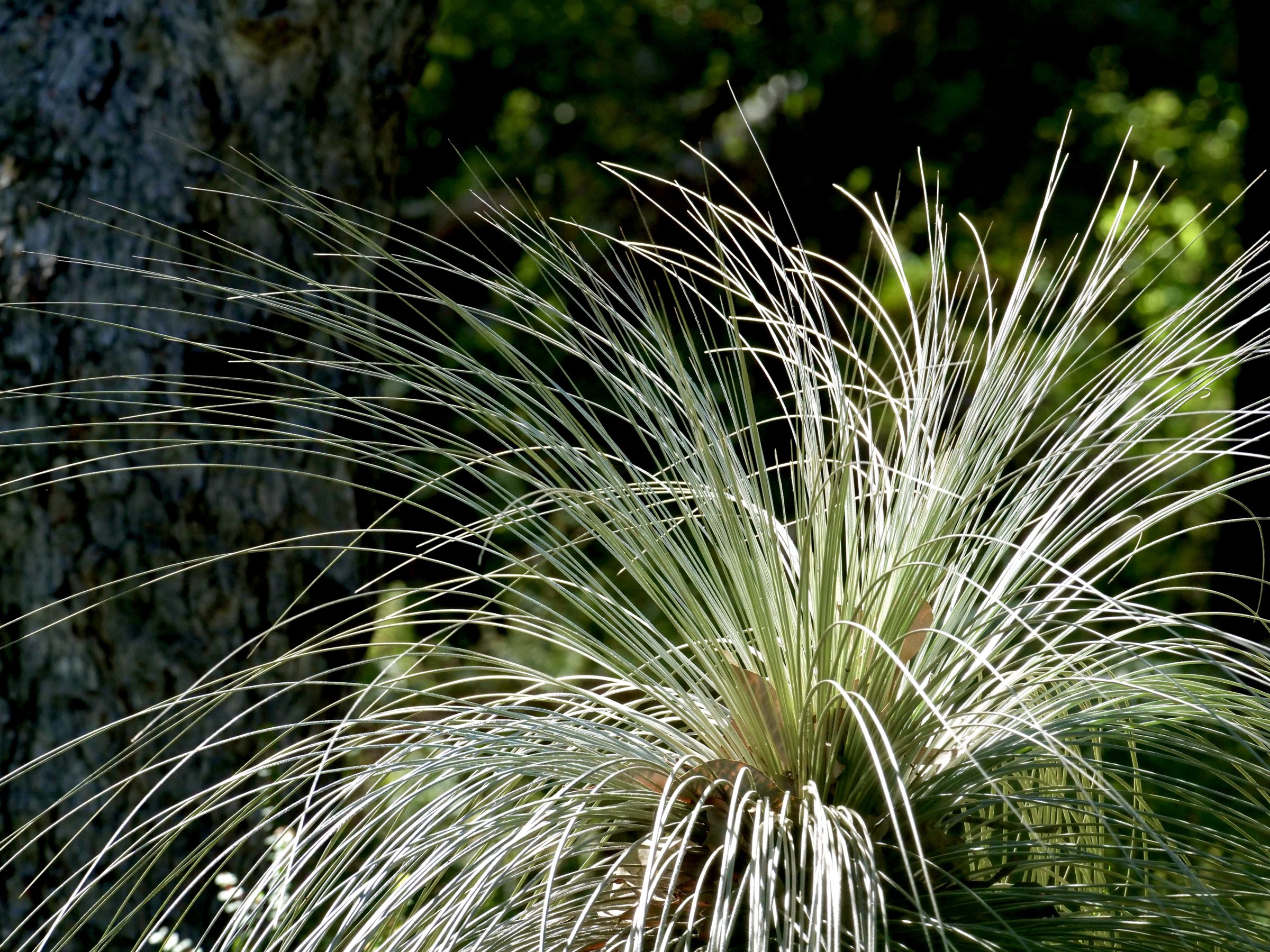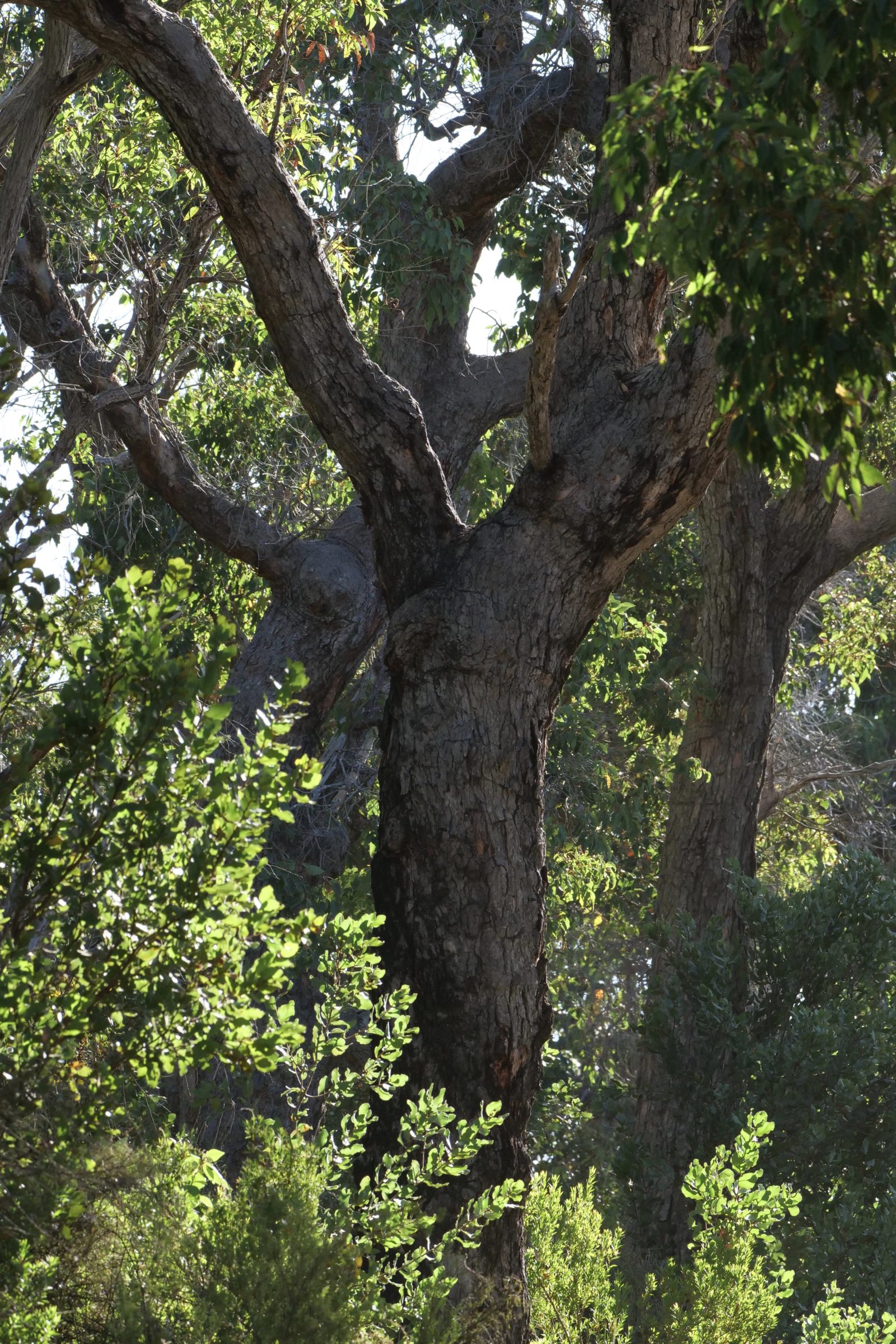Pictured is the final stretch of the Waychinicup River’s 17 kilometres.
After this spot, the river tumbles into the Waychinicup Inlet; arguably, the inlet is only truly “estuarine” in the narrow section within circa 150 metres of the river-proper’s end. (you will see that section in #20 of this series)
Comments closed